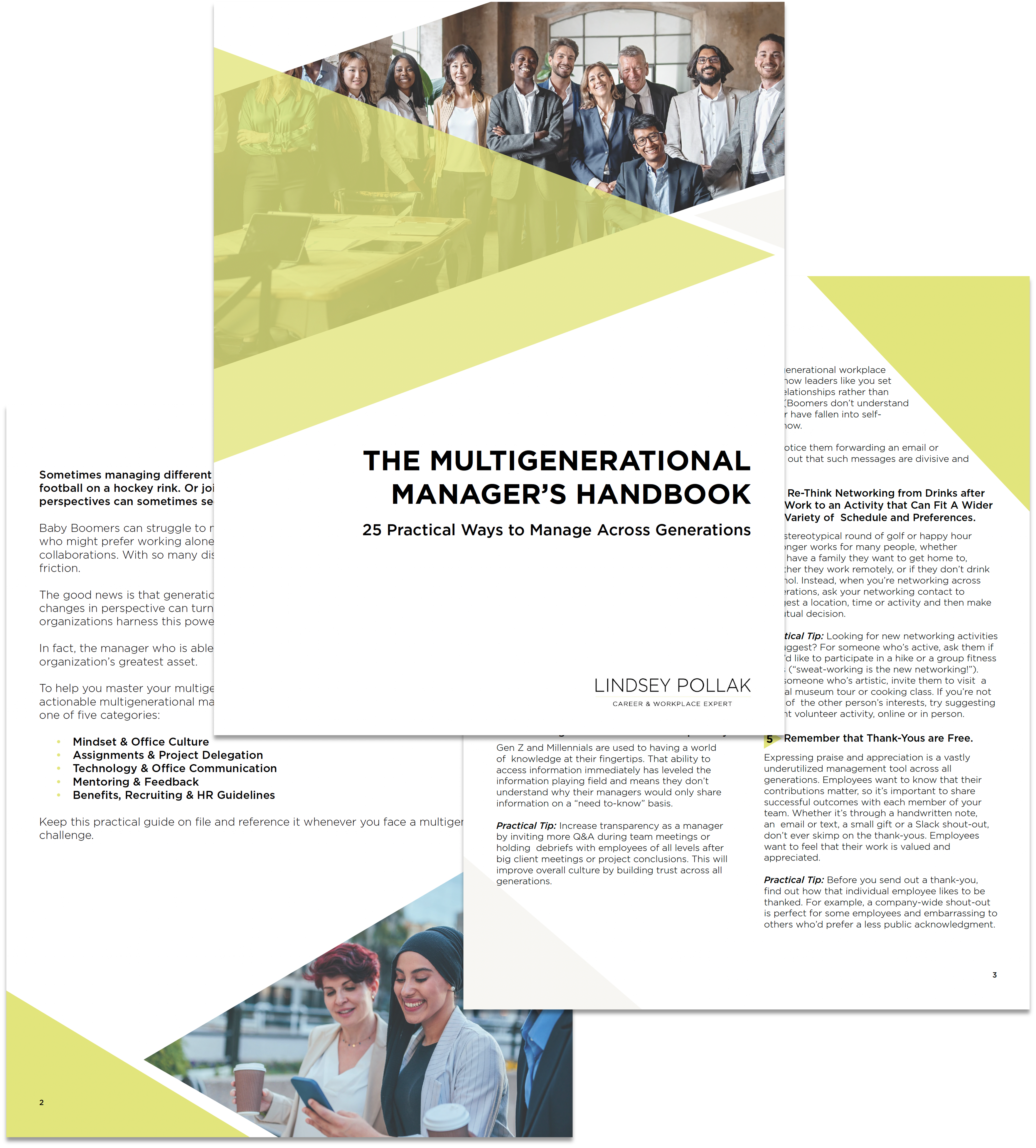As you know if you’re a frequent reader, I often hear complaints that members of the millennial generation are entitled, lazy and narcissistic. The pervasive stereotype, often perpetuated by the media and late-night TV, is that young people today are all coddled trust fund kids with nothing better to do than whine while posting selfies to Instagram.
While there are some millennials who conform to this stereotype, they are far from the majority. In fact, very few young adults in the U.S. have the luxury of rejecting jobs from companies without pool tables or seeking passion over profit in their workplace.
I admit that my blog posts and speeches often focus on college-educated, middle-class young professionals and their issues. Today I’d like to acknowledge my own bias and present more of the millennial story. In actual fact, most millennials are struggling to get by in a time of great economic disparity.
I credit many of my blog readers’ comments and the new book, Misunderstood Millennial Talent: The Other Ninety-One Percent, for helping to widen my lens. The book on a study from the Center for Talent Innovation that found that although 99 percent of human resources professionals believe that millennials are a “flighty bunch, with one foot out the door,” that is true for only 9 percent of what they call “financially privileged millennials” — identified as those whose families could support them indefinitely should they quit or lose their job, or those who receive at least $5,000 from family per year. The other 91 percent have quite a different economic reality.
So, let’s take a moment to look at the facts:
College degrees and earnings are not rising together
A third of millennials (34 percent) have at least a bachelor’s degree. That’s 10 percentage points higher than the 24 percent of baby boomers who had college degrees in the late 1970s and 1980s. But even though the percentage of the generation with college degrees has increased, salaries have stayed flat. $35,000 is the overall median earnings of today’s millennials, which isn’t much higher than that of the early boomers, who earned an adjusted $34,883 at a comparable age.
That could be why 20 percent of 18- to-34-year-olds lived in poverty in 2009-2013. That compares with 14 percent of that age group who lived in poverty in 1980.
Student loan debt is crushing them
As you’ve probably read before, the average student loan debt of 2016 graduates was $37,172. Millennials have been hit hard for years: Between 2008 and 2014, student loan debt rose a startling 84 percent, according to a study by Experian.
Ageism? Millennials have a higher jobless rate than those 55+
The Bureau of Labor Statistics reports that 5 percent of men ages 25 to 34 and 5.4 percent of similarly aged women were unemployed as of August, compared with 3.6 percent of men and 3.4 percent of women in the 55-and-up cohort.
Many others are underemployed
And that doesn’t even speak to those millennials who are “underemployed” (not having enough paid work or not doing work that makes full use of their skills and abilities). According to research from Accenture, more than half (51 percent) this year report being underemployed, 10 percentage points more than in 2013.
Many see the value in blue-collar jobs
Although there are no concrete numbers, anecdotal evidence indicates that many millennials are turning to manufacturing and other blue-collar jobs for the stability and rising wages they offer. It’s a smart choice: A report by Deloitte and The Manufacturing Institute found that 2 million manufacturing positions are likely to go unfilled in the next decade due to a lack of skilled workers.
When you consider these facts, it’s clear that this is a generation grappling with difficult financial realities.
So, the next time you hear someone paint an entire generation with a broad stroke, consider reminding them of the less-buzzed-about millennials who are living, working and looking for work in your community. Every generation is made up of many faces, and it’s important to remember that not everyone’s reality is pampered and privileged. I personally vow to write, speak and advocate more for millennials in all economic situations.
Are any of these stats surprising to you? I’d love to hear your take on the financial realities facing millennials. Please share in the comments below.
Lindsey Pollak is the leading voice on millennials in the workplace, trusted by global companies, universities, the world’s top media outlets — and, most importantly, by millennials themselves. A New York Times bestselling author, Lindsey began her career as a dorm RA in college and has been mentoring millennials — and explaining them to other generations — ever since. Her keynote speeches have audiences so engaged that, in the words of one attendee, “I didn’t check my phone once!” Contact Lindsey to discuss a speaking engagement for your organization.

